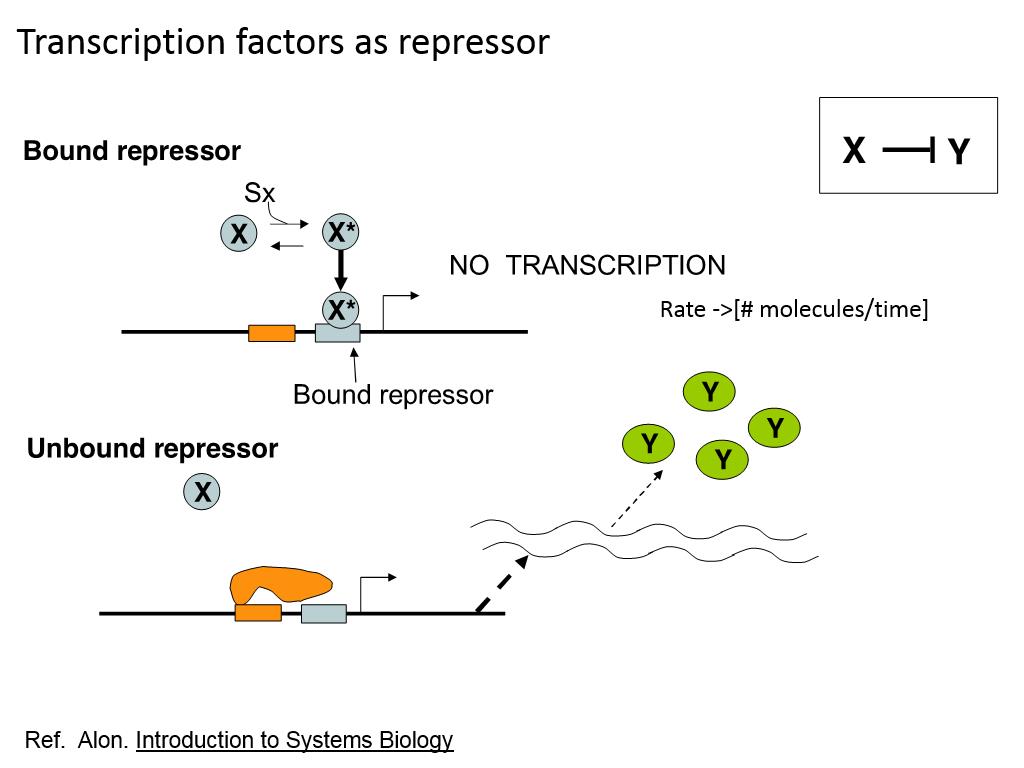
The protein subcellular localization assay suggested that N-terminal part of the OsNTL5 is localized to the nucleus after the protein is cleaved from its membrane-spanning domain at the C-terminal end and functions as a TF. In contrast to this, the plants with OsNTL5∆C and OsNTL5∆C- SRDX showed a very strong late-flowering phenotype, suggesting that OsNTL5 suppresses flowering as a transcriptional repressor. The OsNTL5∆ C-VP line showed an early-flowering phenotype. To examine its function, three independent constructs was generated, one with a deletion in the C terminus membrane-spanning domain (OsNTL5∆C), OsNTL5∆C fused with the SRDX transcriptional repressor motif and OsNTL5∆C used with the VP16 activation domain under the Ubiquitin promoter to produce the overexpressing lines OsNTL5∆C, OsNTL5∆C- SRDX, and OsNTL5∆C-VP, respectively in rice. A preferential expression of a membrane-bound NAC-like TF OsNTL5 in developing leaves and panicles of rice indicated to us its putative role in flowering. However, their function in flowering or heading time is not well-known yet. NAC transcription factors (TFs) are well-conserved and one of the largest families of plant TFs. Flowering or heading is an important agronomic trait in rice. In spite of short-day (SD) nature, rice ( Oryza sativa) shares a conserved photoperiodic network for flowering control with long-day plants like Arabidopsis thaliana. 4Biological Science, Nara Institute of Science and Technology, Ikoma, Japan.3Development Center of Plant Germplasm Resources, College of Life and Environmental Sciences, Shanghai Normal University, Shanghai, China.

2Temasek Life Sciences Laboratory, National University of Singapore, Singapore, Singapore.1State Key Laboratory of Cotton Biology, Department of Biology, Institute of Plant Stress Biology, Henan University, Kaifeng, China.Singh 1, Hongyan Wang 1, Yanan Wang 1, Jeanie L. The publisher has kindly granted permission to reproduce this abstract on TAIR. This study demonstrates the usefulness of CRES-T to overcome redundancy in transcription factor families for functional studies. In addition, a role for B-type ARRs in mediating crosstalk with other pathways is supported by resistance of 35S:ARR1-SRDX seeds to phyB-mediated inhibition of germination by far-red light. Collectively, the suppression of pleiotropic cytokinin activities by a dominant repressor version of a B-type ARR indicates that this protein family is involved in mediating most, if not all, of the cytokinin activities in Arabidopsis. The transcript levels of more than 500 genes were >2.5-fold reduced in 35S:ARR1-SRDX transgenic seedlings suggesting a broad function of B-type ARRs. The rapid induction of a large part of cytokinin response genes was dampened. Several bioassays showed that 35S:ARR1-SRDX plants have an increased resistance towards cytokinin. 35S:ARR1-SRDX transgenic Arabidopsis plants showed phenotypic changes reminiscent of plants with a reduced cytokinin status, such as a strongly reduced leaf size, an enhanced root system and larger seeds. In a protoplast test system ARR1-SRDX suppressed ARR6:GUS reporter gene activation by different B-type ARRs.

We generated a dominant repressor version of Arabidopsis response regulator ARR1 (ARR1-SRDX) using chimeric repressor silencing technology (CRES-T) in order to study the extent of the contribution of B-type response regulators to cytokinin activities. In planta functional analysis of this family is hampered by the high level of functional redundancy of its eleven members. One component of this system are B-type response regulators, transcription factors mediating at least part of the response to cytokinin. The signal transduction of the phytohormone cytokinin is mediated by a multi-step His-to-Asp phosphorelay system. Heyl, Alexander, Ramireddy, Eswar, Brenner, Wolfram G, Riefler, Michael, Allemeersch, Joke, Schmulling, Thomas Title: The Transcriptional Repressor ARR1-SRDX Suppresses Pleiotropic Cytokinin Activities in Arabidopsis.


 0 kommentar(er)
0 kommentar(er)
